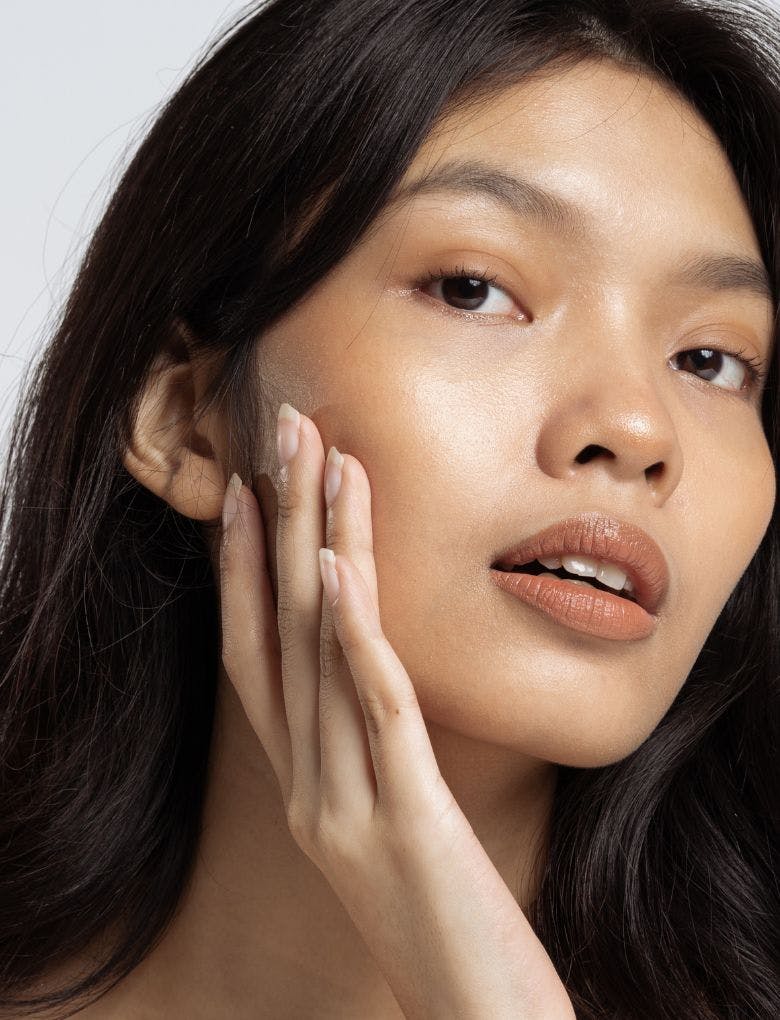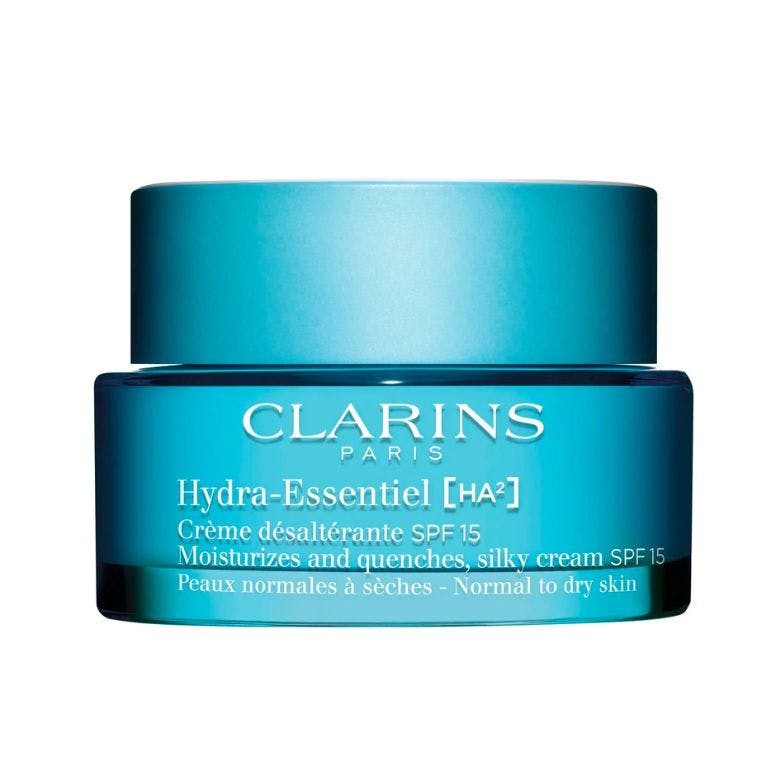What Are The Signs Of Ageing?
8 minutes read
We all get older if we’re lucky. But while growing older is an inexorably natural phenomenon, the ways and rate at which we develop visible signs of ageing are largely within our control.
The factors that cause our skin to age are three-fold: the normal ageing process that no Botox and specialist tweakments can ultimately defy; our environment, and our lifestyle choices. Harsh climates, whether extremely hot or cold, are punishing to the skin.
We all know that poor nutrition, lack of sleep or exercise, smoking, high-stress levels and excessive alcohol consumption are among the leading thieves of beauty at any stage of life. But if you’re generally in good health and know how to look after your skin, at what age do you start to feel the effects of ageing?
Putting aside specific health conditions and illnesses that can take their toll, there are specific skin changes ranging from the subtle to the dramatic that mark our journey through each decade of life. Knowing what to look out for so you can understand what’s happening and adapt your skincare routine accordingly is helpful.
The cheering news is that the range of beauty products that can actively address each problem area and help slow down your signs of ageing are extensive and keep getting better and better over time…

The first signs of ageing
In your 20s and 30s, your skin undergoes several changes due to both natural ageing and environmental factors such as sun exposure, pollution, and lifestyle habits. Some common skin changes that may occur during this time include:
- Reduced collagen production
- Increased oil production: Hormonal changes in your 20s and 30s can cause an increase in oil production, which can lead to acne breakouts and enlarged pores.
- Puffiness and dark circles: Late nights, stress, and other factors can cause puffiness and dark circles to develop under your eyes.
It’s important to establish a good skincare routine in your 20s and 30s to help prevent and address these skin changes. This includes using sunscreen daily, cleansing your skin regularly, and using products that contain antioxidants and other skin-nourishing ingredients.
Try: Clarins Multi-Active Day Cream SPF20, £47, which helps to prevent and correct the appearance of fine lines thanks to its wonder ingredient Myrothamnus extract. This ingredient minimises the impact of daily stressors and helps to keep skin radiant and smooth.
Read next: How To Boost Your Collagen Production
7 signs of ageing to look out for
The skin’s natural ageing process is also determined by individual genetics while looking good for longer – preventing, delaying and addressing some of the signs of ageing below – comes down to a healthy lifestyle coupled with a savvy beauty regime.
- Fine lines and wrinkles
Little crinkles that morph into crow’s feet around the eyes, a scattering of shallow fine lines across the forehead, and a hint of creasing around the mouth are the first signs of skin ageing. Wrinkles appear when the skin’s elastin and collagen fibres start to weaken – a natural and inevitable part of the ageing process – resulting in an increasing loss of firmness and laxity over time.
- Dull skin
Decreasing moisture levels is a key hallmark of the skin’s ageing process. This lack of hydration, loss of fat, and firmness in the face cause the dewiness synonymous with youthful skin to evaporate. The glow of youth slowly fades with age because the renewal process of the top layer of our skin slows down from three to four weeks to every four to six weeks – resulting in the dullness.
- Dry skin
The skin becomes increasingly dry as we age, and the depletion of both collagen and moisture levels can rob us of the fresh and radiant appearance we naturally exuded in our younger years. In addition, mature skin loses elasticity and its ability to retain hydration, making it look fragile and feel itchy.
Try: Clarins Hydra-Essentiel [HA2] Rich Cream, £38, which is enriched with hyaluronic acid for a deep boost of moisture.

- Dark spots
Age spots and uneven skin tone, otherwise known as hyperpigmentation, caused by sun damage, fluctuating hormone levels and inflammation can appear and become increasingly more visible as we age. This patchiness and discolouration can have the overall effect of making the skin look older than its years.
Try: Clarins Bright Plus Dark Spot Targeting Milky Essence, £38. Packed with ingredients such as vitamin C, Complex of Organic Lady’s Mantle and Organic Sea Lily extracts this concoction works to eradicate the appearance of dark spots.
- Sagging skin
The loss of collagen and reduction in bone density makes skin even more susceptible to the tug of gravity as we clock up the years. As a result, skin becomes thinner and looser, resulting in the sagging around the eyes, mouth and jawline that can make you look sad, angry, or just plain tired.
- Rough skin texture
As the skin matures and cell renewal becomes slower, you’ll experience noticeable changes in the texture of your complexion. Your once-baby soft and smooth face will become rougher with bumps, uneven texture, and uneven tone.
Try: Beauty Flash Peel
- Visible pores
Loss of skin elasticity and hormonal changes also make the pores enlarged or more visible with age. Classic signs are the ‘strawberry nose’, and large pores can also be visible on the cheeks, chin, back, chest and upper arms.
Read next: How To Shrink Enlarged Pores
Signs of ageing throughout your life
Signs of ageing: 40s
While the first noticeable signs of skin ageing – a dusting of fine lines and shallow wrinkles around the eyes and mouth – usually first appear in our 20s and 30s, it’s when we enter our fourth decade that the ageing process begins in earnest. It’s funny how those little laughter lines can start to take up a permanent rather than fleeting fixture on your face making you look cross or simply tired even after a good night’s sleep (more on getting good sleep here). Likewise, crow’s feet around the eyes, wrinkles on the forehead and nasolabial folds deepen and become visible even when your face is static rather than just when you make different facial expressions.
So, what’s going on? These signs of ageing at 40 result from changes in the skin’s structure, and all the little and more prominent shifts you start to spot in the mirror are characterised by loss of volume and firmness. In addition, the gradual sagging of the skin – which can be exacerbated by extreme weight gain and weight loss – steals your snatched jawline, makes your facial contours less defined and begins to pull the corners of your mouth downwards. Other signs can include less plumpness in the cheeks, uneven skin tone, loosening of skin around the neck and hyperpigmentation on the chest. And there’s no denying the impact of fluctuating hormones and perimenopause on the skin; dryness and breakouts are common symptoms.
Try: Clarins Extra-Firming Range
Signs of ageing: 50s
The key factor that impacts our looks when we reach this milestone birthday is the skin’s loss of elasticity as its natural collagen and elastin levels decline. The appearance of deeper wrinkles, marionette lines and jowls and notably further signs of ageing eyes (such as heavy, sagging eyelids) are markers of the next stage of the skin’s ageing process. This is the decade in which changes can be most dramatic: the structure of your skin becomes generally weaker, and mature skin is also drier, which accounts for the loss of radiance or glow factor we all associate with youthful skin.
During and post-menopause, declining levels of estrogen and increased levels of androgens result in loss of hydration, firmness and elasticity in the skin and bone resorption, which causes the loss of volume – most noticeably across the cheeks.
This is also the age when years of flying away to hotter climes and lack of adequate sun protection will come home to roost. The appearance of age spots – flat, brown spots (also known as liver spots) that are bigger than freckles – on the face, hands, arms, back and feet and excess pigment are signs of sun damage. But it’s never too late to start protecting your skin, so apply sunscreen of at least 30 SPF and ideally 50 SPF on your face daily to prevent further damage.
Try: Clarins Super Restorative Range
Signs of ageing: 60s
A general thinning of the skin and loss of fat – making veins and bones more visible – and a lack of hydration and moisture retention are the most normal signs of ageing at 60. However, as your skin becomes increasingly dry, it can also start to feel itchy, and its texture can appear as delicate and fragile as tissue paper.
You may start to bruise more easily – bruises will be more noticeable, and any scratches or wounds can take longer to heal. In addition, facial wrinkles spread and deepen further, and age spots can become more prolific and darker. Skin tags, little skin growths with a raised surface, are another common sign of ageing for women in their 60s and usually appear on the eyelids, neck, armpits, chest area, and groin. But don’t be alarmed: skin tags and age spots are harmless and easily removed.
Try: Clarins Nutri-Lumiere Range
Signs of ageing: 70s
Increased dryness, wrinkles, sagging, bagginess and creases, and further skin thinning are typical signs of ageing at 70. Your skin can also appear blotchier, become more easily irritated and be more susceptible to skin infections.
Itchiness can also worsen, making the regular application of moisturiser to hydrate and soothe even more vital. The skin around the eyes becomes particularly wrinkled and fragile, and the entire face can be paper-like. In addition to a saggy jawline, the skin on the neck will further fall victim to gravity, making the ‘turkey neck’ even more prominent.
Next read: What Is Inflammageing And The Sudden Rapid Ageing of Skin?
Sign up for our newsletter
We will keep you in the loop for special offers, exclusive gifts and product news.

